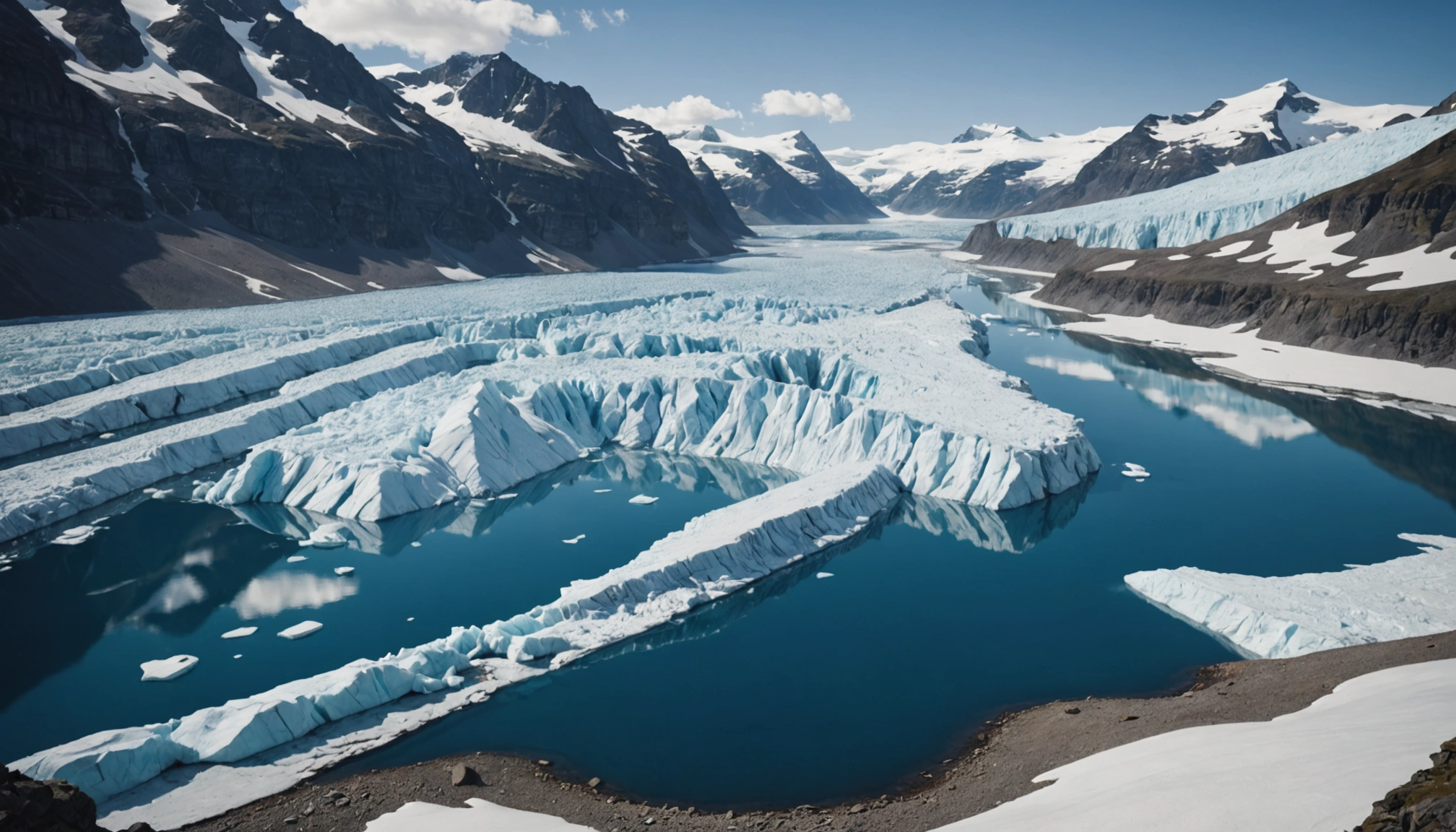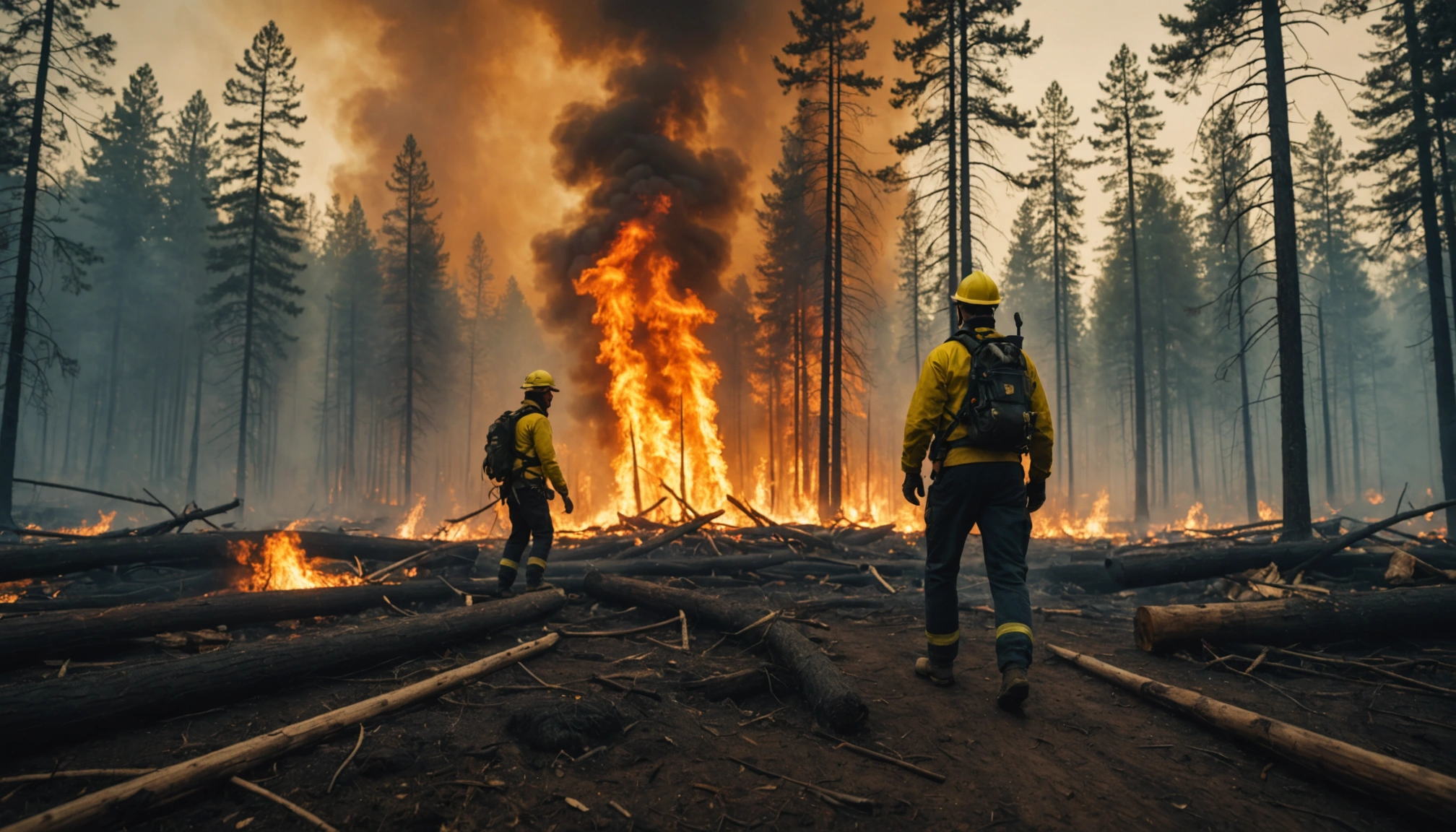Glaciers Vanishing: A Cascade of Global Consequences

The world's glaciers are melting at an alarming rate, a stark indicator of a warming planet. This isn't just about shrinking ice; it's a complex crisis triggering rising sea levels, devastating floods, water scarcity, and profound disruptions to ecosystems and human societies across the globe. The repercussions of glacial melt are far-reaching and demand urgent attention.
Rising Seas and Coastal Threats
One of the most significant and widely discussed impacts of melting glaciers is the contribution to global sea level rise. Glaciers, which store vast amounts of water on land, release this water into the oceans as they melt. This phenomenon is a primary driver of rising sea levels, posing an existential threat to coastal communities and ecosystems worldwide.
According to the Intergovernmental Panel on Climate Change (IPCC), global mean sea level increased by approximately 0.20 meters (0.66 feet) between 1901 and 2018, with glacier melt accounting for roughly half of this rise. The rate of sea level rise is also accelerating. The average rate was approximately 1.3 millimeters (0.05 inches) per year between 1901 and 1971, increasing to approximately 1.9 millimeters (0.07 inches) between 1971 and 2006, and further increasing to approximately 3.7 millimeters (0.15 inches) between 2006 and 2018.
Even seemingly modest increases in sea level can have devastating consequences. Coastal erosion intensifies, storm surges become more dangerous, and the frequency of "nuisance" high-tide flooding increases, disrupting daily life and damaging infrastructure. Low-lying island nations and densely populated coastal regions are particularly vulnerable, facing potential displacement of communities and significant economic losses.
The Specter of Glacial Lake Outburst Floods
Beyond the gradual rise in sea levels, melting glaciers also contribute to more immediate and dramatic hazards, such as glacial lake outburst floods (GLOFs). As glaciers retreat, they often leave behind depressions that fill with meltwater, forming glacial lakes. These lakes are frequently dammed by unstable ice or moraines (accumulations of rock and debris).
If these natural dams fail, they can unleash catastrophic floods downstream. GLOFs can release massive volumes of water over hours or days, with devastating consequences for communities, infrastructure, and ecosystems in their path. These floods can destroy homes, bridges, and agricultural land, and cause significant loss of life.
Regions with steep mountain terrain and rapidly melting glaciers, such as the Himalayas and the Andes, are particularly susceptible to GLOFs. As temperatures continue to rise, the risk of these events is expected to increase, posing a growing threat to vulnerable populations.
Water Resource Imbalances and Scarcity
Glaciers play a crucial role in regulating water resources, particularly in mountainous regions. They act as natural reservoirs, storing water during colder months and releasing it gradually during warmer, drier periods. This meltwater sustains rivers and streams, providing a vital source of freshwater for drinking, agriculture, and industry.
However, as glaciers shrink, this natural regulation is disrupted. Initially, increased melting can lead to a temporary increase in water runoff, sometimes referred to as "peak water." However, this is followed by a decline in water availability as the glacier's ice mass diminishes.
This decline in freshwater availability poses a significant threat to communities that rely on glacial meltwater, especially during dry seasons. In regions like the Andes, where many communities already face water stress, the loss of glaciers exacerbates the problem, potentially leading to conflicts over water resources and impacting agricultural productivity. It is estimated that 1.9 billion people risk negative effects regarding water resources and livelihoods due to melting glaciers.
Ecological Disruptions and Feedbacks
The impacts of melting glaciers extend beyond human societies, profoundly affecting ecosystems. Glacial meltwater influences the temperature, chemistry, and flow patterns of rivers and lakes, impacting aquatic habitats and the species that depend on them. Changes in water availability and timing can disrupt spawning cycles, alter food webs, and lead to the decline or extinction of sensitive species.
Furthermore, the loss of glaciers can trigger feedback loops that accelerate climate change. Ice and snow have a high albedo, meaning they reflect a significant portion of sunlight back into space. As glaciers shrink, they expose darker surfaces, such as rock and soil, which absorb more sunlight, leading to further warming and accelerated melting.
The melting of glaciers also affects ocean currents. The influx of cold, freshwater from melting glaciers into the ocean can disrupt ocean circulation patterns, potentially impacting weather systems and marine ecosystems on a global scale. The glacial melt in Antarctica and Greenland has been linked to changes in the circulation of the Atlantic Ocean and the collapse of fisheries.
A Call for Urgent Action
The melting of glaciers is a multifaceted crisis with far-reaching consequences for both human societies and the natural world. Rising sea levels, increased flood risk, water scarcity, and ecological disruptions are just some of the challenges we face as these icy giants disappear.
Addressing this crisis requires urgent and concerted action to reduce greenhouse gas emissions and mitigate climate change. Transitioning to renewable energy sources, improving energy efficiency, and implementing sustainable land management practices are essential steps.
In addition, adaptation measures are needed to help communities cope with the impacts of glacial melt. These measures may include building seawalls, improving flood defenses, developing water management strategies, and relocating vulnerable populations.
The fate of the world's glaciers, and the communities and ecosystems that depend on them, hangs in the balance. By taking decisive action to address climate change and adapt to its impacts, we can still mitigate the worst consequences of glacial melt and secure a more sustainable future.
Related Articles

Iberian Peninsula Blackout: A Wake-Up Call for Renewable Energy Infrastructure

